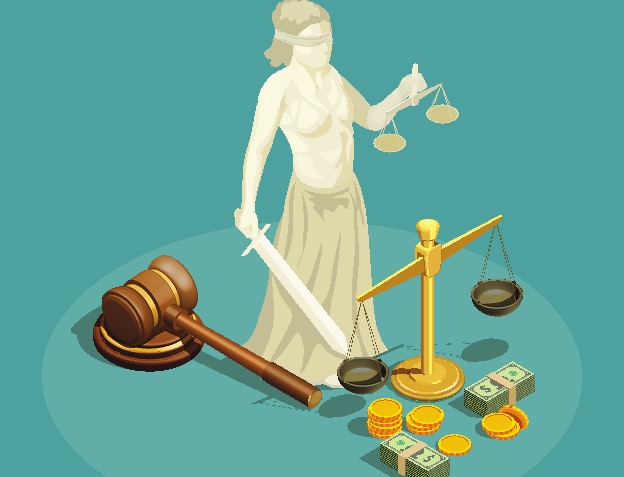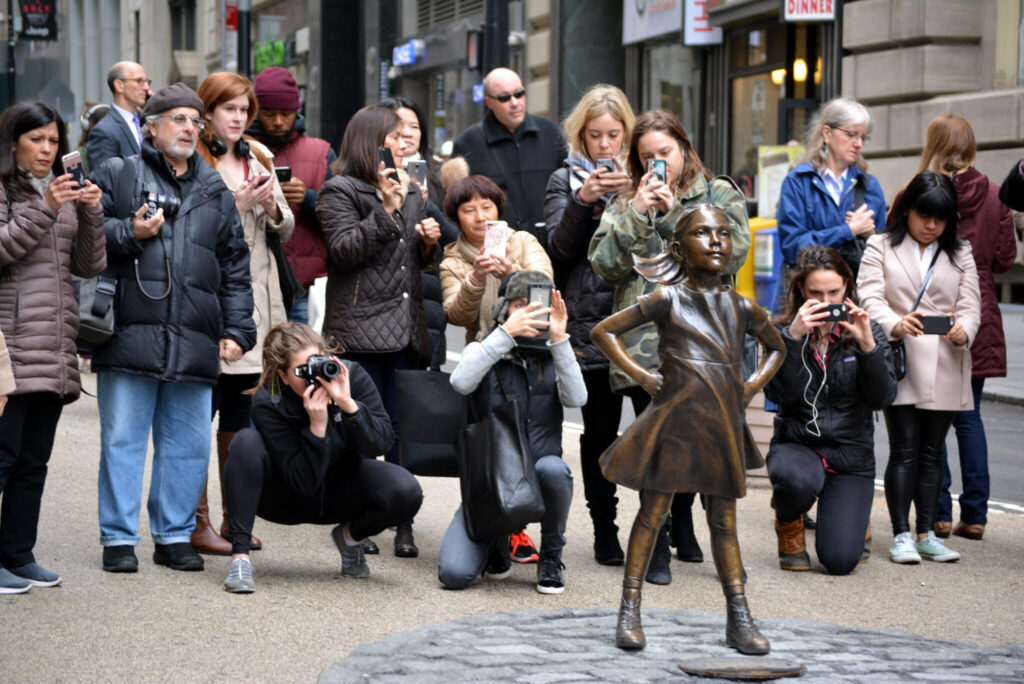
Grades 9-12
Happy EconEdMonth! Celebrate economics all month long by visiting EconEdMonth.org

Don't have an account yet? Sign up for free
Don't have an account yet? Sign up for free

Students study a painting by van Gogh called, “Flower Beds in Holland.” The students recognize that this farmer made a choice to grow flowers instead of another crop. Students are introduced to the concepts of choice and opportunity cost.
Farmers face scarcity when they want to grow more crops (unlimited wants) than they can grow on the land available to them (limited resources). That condition (scarcity) requires farmers to choose which crops to grow. If the farmer can’t have everything he/she wants, the farmer must choose those things he/she wants most.In making this choice, every farmer will incur an opportunity cost. The opportunity cost is the next-best choice: the crop that the farmer chose NOT to grow in order to use the land as he or she chose to use it. Ask the students what they would grow if they were farmers. Would they grow corn, carrots, peas, green beans, pumpkins, tomatoes, potatoes, or another crop? Could they grow everything? [No.] Why not? [Not enough land to grow it all.]
First the students will pretend to be farmers. The students will list two things that they would like to grow on their farm. They have enough land to grow only one crop, however, so they must make a choice. To express their choice, they should circle the one crop that they most want to grow. Then they should draw a line through the other crop. This other crop–the one not chosen–is their opportunity cost. The students will then draw a picture of their farm with their crop growing. They will understand that they can’t grow everything they want to grow, and that they must choose what it is they want to grow.
Students will view Vincent van Gogh’s Flower Beds in Holland . What did this farmer decide to grow in his garden? [Flowers.] Does this farmer have enough land to grow all these flowers AND corn? [No.] If this farmer decided to sell corn and flowers, what would happen to his flower crop? [He would not be able to grow as many flowers, since the corn would take up some of the land.] Why do you think this farmer chose to grow flowers? [He can sell the flowers to make money.] What was this farmer’s opportunity cost to grow flowers instead of corn? [Corn.]
| Students’ Version | ||||||||||
|
||||||||||
Farmers have only so much land. Therefore, they cannot grow everything they might want to grow. Unable to grow everything, they must choose to grow the crops that will suit them best. In choosing one crop to grow, farmers choose NOT to grow another crop. The crop not chosen is their opportunity cost.
| Students’ Version | ||
|
Look at the link again. This farmer could have grown only blue flowers. He made a choice between growing only blue flowers and growing flowers of many different colors. What did he choose? [Many different colors of flowers.] What was his opportunity cost? [Growing only blue flowers.]
| Students’ Version | ||
|
[NOTE: Information presented in this lesson may also be used in a science lesson to point out that certain crops grow better in some spots than others. We grow orange trees in Florida because the temperature does not fall below freezing. Tulips and Hyacinths grow very well in Holland, and then they are sold to people around the world. Flower bulbs also are shipped to people around the world for use in their gardens. In the Midwest corn grows very well, and that is why Midwestern farmers grow corn to sell instead of tulips.
This lesson could easily be turned into a lesson on trade-offs. Some students will want to grow two different things and they will understand that they could grow a little of one crop, but only if they “trade off” the opportunity to grow some of the other crop. This is an excellent example of a trade-off.]

Grades 9-12

Grades 9-12


Grades K-2, 3-5
